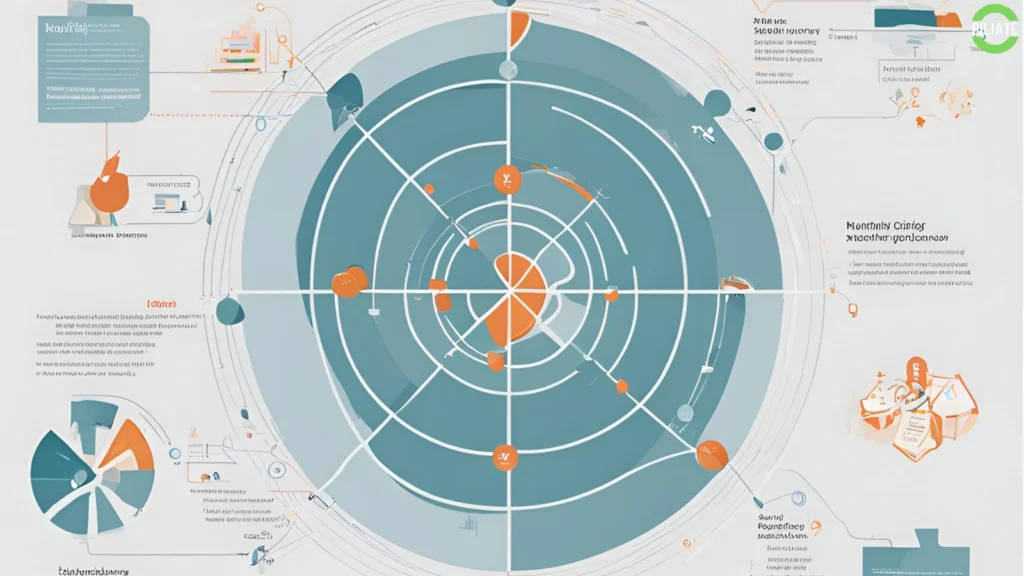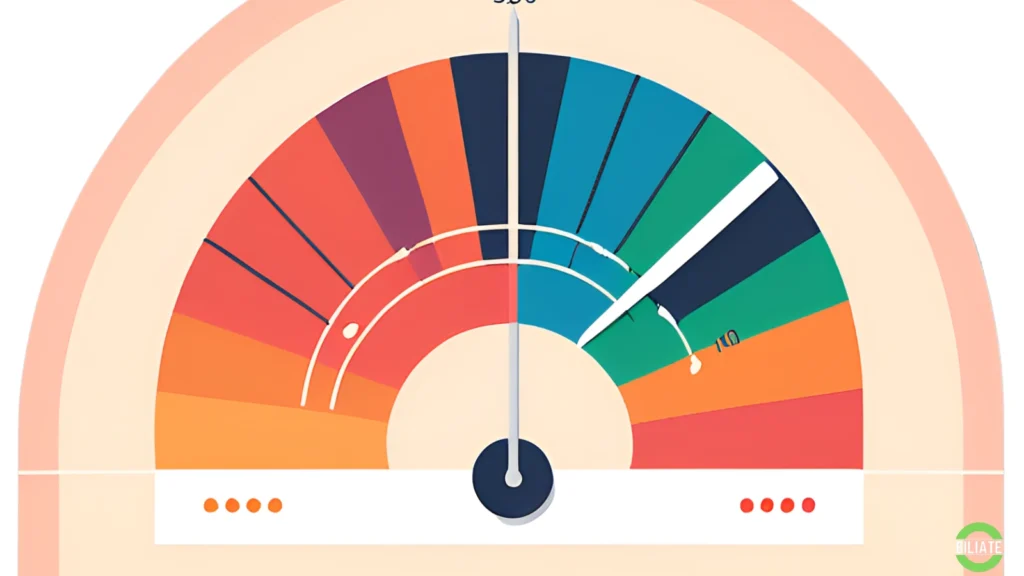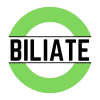Running ads without a strategic budget plan is like throwing money into the wind.
You may get a few clicks here and there, but real success in digital advertising requires a data-driven approach.
If you want to see real returns on your ad spend, you need to allocate your budget wisely, making adjustments based on real-time performance metrics and aligning with your campaign goals.
Whether you’re running Facebook Ads, Google Ads, or promoting content across multiple platforms, learning how to optimize and distribute your ad spend is the difference between a campaign that bleeds cash and one that boosts your bottom line.
Ready to master the art of ad budget management?
Let’s dive into the strategies that will help you maximize your results without overspending.

Step 1: Define Clear Campaign Goals
Before you allocate a single dollar of your budget, it’s essential to understand what you’re trying to achieve. Are you looking to increase brand awareness, generate leads, drive traffic, or boost conversions? The goals of your campaign should dictate how you approach your budget and spending strategy.
Types of Common Campaign Goals:
- Brand Awareness: You’ll want to focus on reach and impressions. Higher ad spend on targeting a broader audience can be more effective.
- Lead Generation: The goal is to capture qualified leads, so focusing on engagement metrics like clicks and form completions will shape your budget allocation.
- Conversions/Sales: For eCommerce or product sales, prioritize direct ROI and focus spend on what’s delivering the best cost-per-acquisition (CPA).
Pro Tip: Break down larger goals into smaller, measurable objectives. For example, if your goal is conversions, set targets for key actions like “add to cart” or “purchase completed.”
Step 2: Set an Overall Budget and Divide into Campaign Phases
Once you know your campaign goals, determine the overall budget for the campaign. It’s important to divide this budget into different phases of your campaign.
Example of Campaign Phases:
- Initial Test Phase: Allocate a small percentage of your budget (15-20%) to test different ad creatives, targeting options, and platforms. This phase is all about gathering performance data.
- Optimization Phase: Based on your test phase results, reallocate budget to higher-performing ads and target segments. At this stage, spend 40-50% of the remaining budget.
- Scaling Phase: Once you’ve identified your winning combination, use the final 30-40% of the budget to scale your ads, doubling down on what’s already working.
Pro Tip: Always leave a small portion of your budget (around 10%) flexible. This will allow you to experiment with new tactics or capitalize on unexpected opportunities during your campaign.
Step 3: Use Performance Metrics to Guide Spend Allocation
Your ad campaign’s success hinges on real-time performance metrics. Instead of blindly spending, you should constantly monitor these key performance indicators (KPIs) and reallocate your budget accordingly.
Key Metrics to Watch:
- Click-Through Rate (CTR): A higher CTR often indicates that your audience is interested in your ad. Ads with high CTRs should receive more budget for better reach.
- Cost-Per-Click (CPC): Monitor which ads are driving traffic at the lowest cost. Shift spend toward those ads to maximize value.
- Conversion Rate: Ads that lead to more conversions (e.g., purchases, sign-ups) deserve a larger slice of your budget pie.
- Return on Ad Spend (ROAS): This metric tells you how much revenue your ad generates for each dollar spent. Ads with a high ROAS should get priority when reallocating spend.
Pro Tip: Make data-driven decisions every 24-48 hours. Don’t wait until the end of a campaign to assess performance—continuous optimization based on real-time data ensures you’re getting the best ROI.

Step 4: Focus on High-Performing Audiences
One of the most crucial aspects of ad budget management is identifying which audience segments are responding best to your ads. Using platform-specific tools, such as Facebook’s Audience Insights or Google Analytics, you can track demographic data and optimize your ad delivery.
Best Practices:
- Lookalike Audiences: These are audiences who share similarities with your existing customers. They tend to convert better, so allocating more budget here often pays off.
- Retargeting Campaigns: Users who have already interacted with your brand (e.g., visited your website, engaged with a previous ad) are more likely to convert. Directing budget towards retargeting can significantly boost results.
- Geographic and Demographic Segments: If certain locations or age groups show better engagement or conversion rates, allocate more funds to these segments while reducing spend on lower-performing areas.
Pro Tip: Consider running A/B tests to compare audience groups. This will help you fine-tune your targeting and ensure you’re spending efficiently on the audiences that drive the best outcomes.
Step 5: Reallocate Budget Based on Campaign Performance
Now that you have a clear understanding of which ads and audience segments are performing well, it’s time to reallocate your budget. A well-optimized campaign is never static—you should be constantly shifting your budget to favor high-performing ads and reducing spend on underperforming ones.
How to Reallocate Budget:
- Cut off Low-Performing Ads: If an ad isn’t delivering the expected results after a reasonable test period (24-48 hours), reduce its budget or stop it entirely. Focus on ads that bring in better results.
- Increase Budget for Winning Ads: Ads with high engagement or conversions deserve more budget. Gradually increase spend on these ads without drastically changing your budget, which could reset platform algorithms.
- Refine Targeting and Ad Copy: If an ad has potential but isn’t performing as expected, consider adjusting the audience targeting or tweaking the ad copy before completely pausing it.
Pro Tip: Don’t be afraid to pause ads that aren’t performing. It’s better to save that budget for higher-performing content rather than continuously funding low-ROI ads.
Step 6: Monitor and Optimize Based on Attribution Models
Attribution models help you understand the user’s journey from seeing your ad to completing a desired action. Knowing where credit is given in the user journey helps inform budget allocation.
Common Attribution Models:
- Last-Click Attribution: Credits the final touchpoint before the conversion. Use this if you want to focus on the direct trigger that leads to a sale.
- Linear Attribution: Gives equal weight to all touchpoints in the conversion path, which is useful for understanding the holistic performance of your entire funnel.
- Time Decay Attribution: Heavily credits touchpoints closest to the conversion. This model is ideal for longer sales cycles where users engage multiple times before converting.
Pro Tip: Use multi-touch attribution to get a better picture of your ad’s influence across all stages of the funnel. This way, you won’t over-prioritize ads based on incomplete data.

Step 7: Review and Adjust for Future Campaigns
Once your campaign is over, it’s crucial to evaluate how well your budget management aligned with your goals. Use performance data to inform your future campaigns and make smarter spending decisions.
Key Takeaways to Analyze:
- Which ads brought the highest ROI?
- Did specific audience segments outperform others?
- What platforms delivered the best results for your campaign objectives?
- How well did your overall budget allocation strategy perform?
Pro Tip: Keep a detailed record of your campaign results and any lessons learned. Over time, these insights will help you refine your ad budget strategies and maximize the effectiveness of your marketing spend.
Conclusion
Mastering ad budget management is all about constant optimization. By defining clear goals, monitoring performance metrics, and reallocating your budget based on real-time data, you can ensure that every dollar you spend works harder for you. Remember, the key is to remain flexible, data-driven, and always ready to pivot when necessary. Ready to start maximizing your ad budget? Start applying these strategies today, and watch your ROI soar!
Question for You: How do you currently manage your ad budget? Let us know in the comments and share your top tips!

